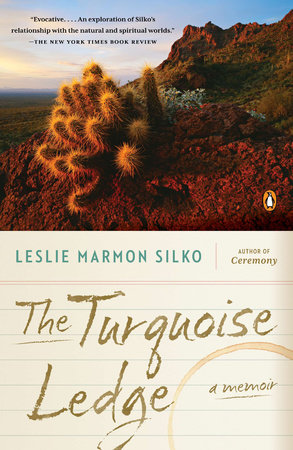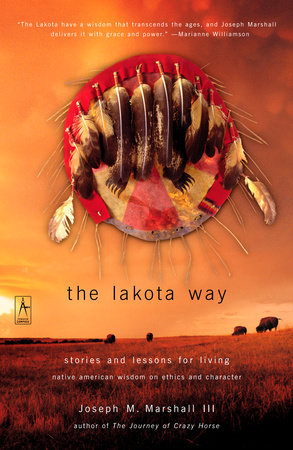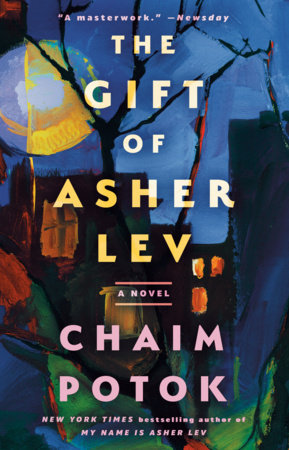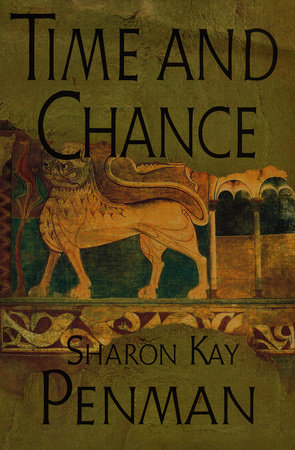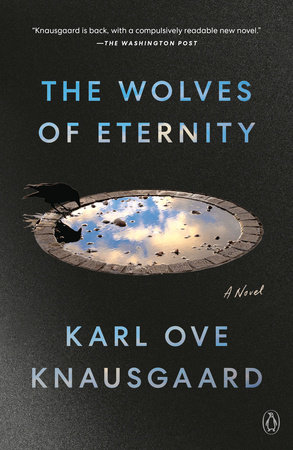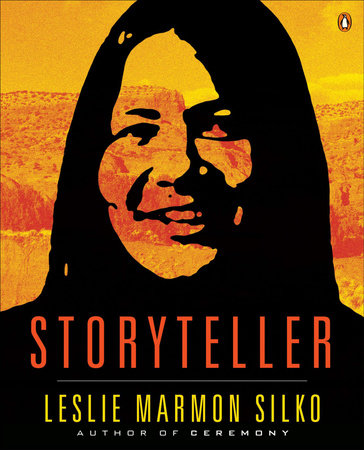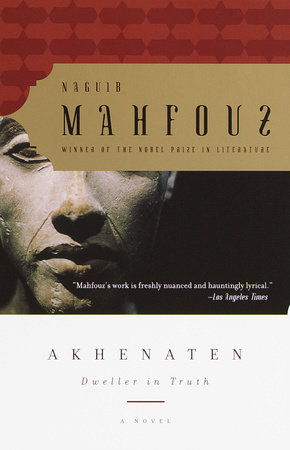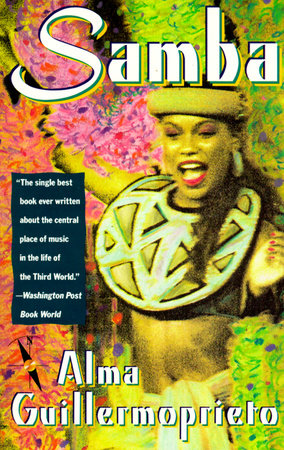For those who might not be familiar with your fiction and poetry, how would you characterize your writing, in terms of style and the issues you grapple with? Thematically, how does this other writing connect with The Turquoise Ledge?Each book I write takes on a unique form which is best suited to the particular subjects I'm dealing with. The old folks taught me as a child to listen and to watch for the important lessons which the birds and plants and the wind and clouds may teach us human beings about our relationship in this world. They taught me that to be fully human I had to respect all living things no matter how humble or small. The issues that concern me are the survival of the natural world—the wild creatures and their habitats that face destruction by greedy corporations, and the threats which indigenous people and their cultures face due to the theft of their land and water.
I wrote The Turquoise Ledge in a simple style to reflect its modest subject matter, the creatures, plants, stones, and clouds of Arizona and New Mexico where I've lived my life. I wrote about the past and my ancestors to illustrate the terrible struggles the indigenous people of the Southwest endured at the hands of the occupying governments. I wrote about the beauty and the hope I still manage to find in this lovely desert even as the bulldozers smash it flat "to make money." In this way, The Turquoise Ledge is linked to the issues and themes of my previous work.
Do certain of your stories demand to be told in fiction rather than poetry (or vice versa)? Which medium do you feel most comfortable with? How did the process of writing this book differ from your previous work?
I don't pay much attention to what form or genre my writing takes. I simply keep writing and as the piece develops, I can see that it wants to be poetry or fiction. Some subjects, some materials, seem to take a more poetical form than others so I don't interfere with this. Sometimes the writing becomes a combination of both poetry and fiction because that is what the subject needs in order to be communicated completely. I feel most comfortable with fiction and poetry, so in writing The Turquoise Ledge, which is a memoir or creative nonfiction, I included poetical expression and elements of fiction. The clouds and the rain wished to be described poetically, while the Star Beings involved characterizations found in fiction.
The Turquoise Ledge moves between memory and reality, and the structure and chronology of the book are quite fluid. Why did you decide to organize the book this way? Did you experiment with other approaches?
Linear time is itself a fiction which I find tedious and simpleminded. Human consciousness and perception swirl around all places and all times simultaneously just as the sub-atomic particles which form this world constantly move. It was in my 1993 self-published book, Sacred Water,that I first experimented with approaches to writing about my experiences and memories in a fluid, nonlinear form. I chose a similar form when I began writing The Turquoise Ledge.
In the book you write, "I make myself a fictional character so I can write about myself" (p.1). Which is your truest self—the remembered, the invented, or the lived? The truest self is formed in a combination of all three—the remembered, the invented, and the lived.
In order to write about what I've lived, it is necessary to remember where I've been and what I've done, so immediately memory becomes an important element; but part of what we remember is always imagined or invented. For me, consciousness is the invention, or the making of meaning out of the world around me, and for this I depend on previous experiences and memory.
Your painting is a means of communication with the spirit world, therapy for your emotions, and a creative outlet. How does your painting influence your writing and vice versa?
The influence of the paintings on the writing occurs at the subconscious level so it is mysterious, in the way that dreams are mysterious but very powerful. I was surprised to find myself painting portraits of Star Beings because I usually prefer to look at landscapes or abstract art, not portraits. Painting allows my mind to drift in silence without thoughts about anything but lines and colors; during this silence, the subconscious has easy access to me. I begin to imagine things that I've never thought of while I was writing, and I jot down these imaginings. The writing influences the painting but again this occurs on a subconscious level. I get tired or I get writer's block and this sends me back to the painting. The beings who get their portraits painted by me promise to help me with the writing if I will paint their portraits.
This book provides readers with an intimate view into your personal history that will influence how they respond to your writing. How has the experience of sharing your stories helped you better understand yourself and your own work?
I never fully appreciated the freedom that poetry and fiction give me. In the creation of poetry and fiction there is an internal consistency, an internal "truth" which develops within the relationship of the words used to construct the work. Discrepancies are easy to see and inaccuracies stand out. But because the memoir deals with real persons, living and dead, while I was writing The Turquoise Ledge I found that I had to constantly question myself about the accuracy and the fairness of my portrayal of them. Facts don't necessarily tell the truth; the narrative structure of the facts tells the truth.
You clearly have a deep respect and affection for the animal world. Do you feel more at ease with animals than people? Why?
I feel more at ease with animals than with people because of my early childhood which I describe at length in The Turquoise Ledge. As a child, I found that people often meant conflict. I loved to make up stories for myself and to play act these stories alone without interference of other children or adults. Dogs, cats, and horses were perfect companions for me when I was a child because they were happy to be part of my fantasies without conflict.
Many argue that young people today shy away from tradition, seeking to avoid any marker of ethnic identity. Do you believe this is true? How can we highlight the value of cultural history to younger generations?
Human beings need to have links and personal histories in order to function in the world. Thus the huge success of social networking sites on the Internet, and the fascination with "reality" television shows that allow people to observe the day-to-day behavior of others. Soap operas perform a similar task for populations that find themselves far away from their nuclear and extended families. Cultural and ethnic links and histories have been pushed aside to make room for corporate links that join people with corporate products through corporate entities. Instead of ethnic celebrations that unite communities, there are professional sports teams that create artificial communities and exhort their members to buy products in order to more closely indentify with the artificial "families" that are created. But over time, human beings find consumerism deeply dissatisfying, and identifying oneself with Mac or with Microsoft is not enough. The younger generations who need to have deeper connections with the world will find their way to cultural and ethnic identities on their own, after they recover from the brainwashing they received from schools, TV and parents.
Which writers are essential reading for someone seeking to expand their knowledge of Native American literature?
This is an incomplete list but it is a starting point, and the names are not in any order of preference: Luci Tapahonso, Ofelia Zepeda, Joy Harjo, Linda Hogan, LeAnne Howe, Diane Glancy, nila north Sun, Kimberly Blaeser, Paula Gunn Allen, Janet McAdams, Wendy Rose, Alison Hedge Coke, Nia Francisco, Roberta Hill Whiteman, Simon J. Ortiz, Ray Young Bear, N. Scott Momaday, Maurice Kenney, Sherman Alexie, Adrian C. Louis—all well-known and established writers. But we are in the midst of a renaissance of indigenous writing and readers need to be on the lookout for new writers.
Which current writers impress or inspire you?
Janice Gould, Deborah Miranda, Sara Marie Ortiz, Rainy Dawn Ortiz, Evelina Zuni Lucero, Sherwin Bitsui, Rex Lee Jim, Eddie Chuculate, Santee Frazier are some names that come to mind.
In particular, do you see an increase in female Native American voices?
No. As you can see from the listing of names, the women writers have always outnumbered the men, and we continue to do this.
In the book you write about the blurry line between memory and imagination. Is accuracy more or less important than the emotional need satisfied by altered memories? Does this hold true for what we could call public memory—history, culture—as well as private memory?
Accuracy is always paramount. I work diligently to unsnarl the threads of memory from threads of imagination. I strive to serve accuracy, not emotional need. I commented on the role of imagination in the process of memory because there is no such thing as an "objective" observer, or a single "correct" observation. A number of scientific experiments have shown that "eyewitnesses" to events are actually not very accurate. The emotional circumstances of the events and the anxieties of the eyewitnesses tend to erode the accuracy of their memories. Does this mean that we can't rely on memory? No, it just means that certain details, certain facts may be remembered differently. Accuracy can be achieved by gathering as many accounts or memories of an incident as possible. By comparing the accounts it is possible to construct a mosaic of the event. Public memory is far more prone to distortion from emotional need than personal memory. Public memory is commanded by the "winners" who have the wealth and power to determine whose version of an event will be honored and whose version will be discredited. The public memory of a group or nation always casts itself in the best possible light—nothing critical or negative dare be said. In the public memory, the United States is a nation of justice for all, but in fact, any review of the laws and court systems will show that only the wealthy and powerful are assured of justice in this country.
What is your response to aspects of pop culture, such as the New Age movement, which borrow on Native American mythology and tradition? Does it alter conventional views of Native American culture, exploit clichés, or bring diverse cultures closer together?
It is easy to blame pop culture for exploiting clichés and misusing the mythologies and traditions of indigenous communities. Corporate consumerism turns everything within reach into a commodity to exploit for profit. But the distortions and clichés survive because the U.S. educational system is a failure. One out of four students drop out.
One out of two Latino, African American and Native American students drop out of school. The students who manage to stay in school get mediocre educations with little or no instruction in the histories of the diverse cultures and people who worked to make the United States with their bare hands. Right now the U.S. educational system is held hostage by the conservatism of a white minority that perpetuates stereotypes and distortions. Until this failure is addressed, pop culture will go on with its ridiculous portrayals of marginalized communities.
